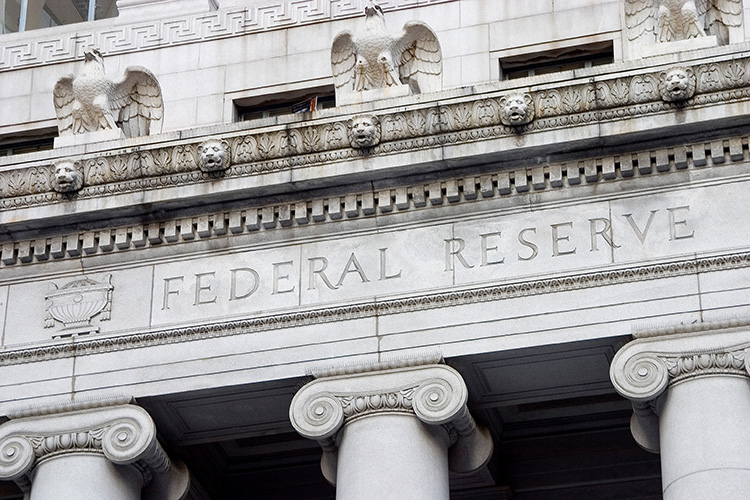
When Silicon Valley Bank (SVB) collapsed in March, Dr. G. Kevin Spellman wasn’t all too surprised. Spellman is the David O. Nicholas Director of Investment Management at the Lubar College of Business and an expert in behavioral finance.
Spellman lays the blame squarely at the feet of the Federal Reserve.
First, he says, the Fed promoted easy monetary policy for the decade leading up to the pandemic in 2020. As the pandemic progressed, the rapid increase in money supply by the Fed, coupled with COVID-related stimulus checks by the federal government in late 2020 and 2021, resulted in huge deposit growth.
The Fed’s ample liquidity (access to funds) resulted in a bubble in IPOs and other speculative assets in 2021, Spellman says.
“The mass amount of liquidity and investment propelled ‘money loser’ start-ups and other speculative assets and contributed to inflation in general,” he says, noting that the percent of publicly-traded companies that are currently unprofitable rivals levels last seen during the internet bubble.
And then in 2022, the Fed took that liquidity away to bring down inflation. “The rapid change was amazing,” he says.
So what happened at SVB?
Spellman explains that venture capitalists no longer had access to readily available equity capital in 2022, which is needed because they burn through cash as they operate at losses. “They didn’t want to borrow at the high rates or could not get a loan, so they started to withdraw from the bank,” he says.
To meet those withdrawals, Spellman says that SVB had to sell some securities for losses, since rates rose, causing existing bonds with fixed rates to fall. Then, the bank had to raise capital even though the stock was down. That news, and fears that the bank could not meet withdrawal demand, ultimately led to a run on the bank.
Deposit withdrawals are not an isolated event to SVB. Generally, bank deposits are declining for two reasons, according to Spellman. First, higher rates on government securities make deposit rates less competitive. Second, consumers need to withdraw savings to meet spending needs in a time when inflation is running hotter than wages are rising.
To avoid more bank runs and to meet withdrawals, the Fed is allowing other banks to take out full loans from the Fed at the face value of securities that are under water. Spellman says that while this is a smart move from the Fed to stem the crisis, “it is a crisis that the Fed created by keeping rates too low for too long, contributing to the rapid rise of inflation and the need to raise interest rates.”
In an unusual move, the federal government announced shortly after the collapse that all of Silicon Valley Bank’s customers would have full access to their deposits – including billions of dollars in uninsured money.
Spellman is certain that many of the SVB customers being bailed out don’t merit saving.
“Saving everyone – all depositors – even bad actors – is a moral hazard,” Spellman says. “If people come to think that they will be bailed out if the risks they take go awry, well, then they will take bad risks.”
“Capital will be wasted which could be put to better use, and the economy suffers.”
There are lasting consequences of years of easy money, Spellman says. “Now the VC market is nearly frozen.”
